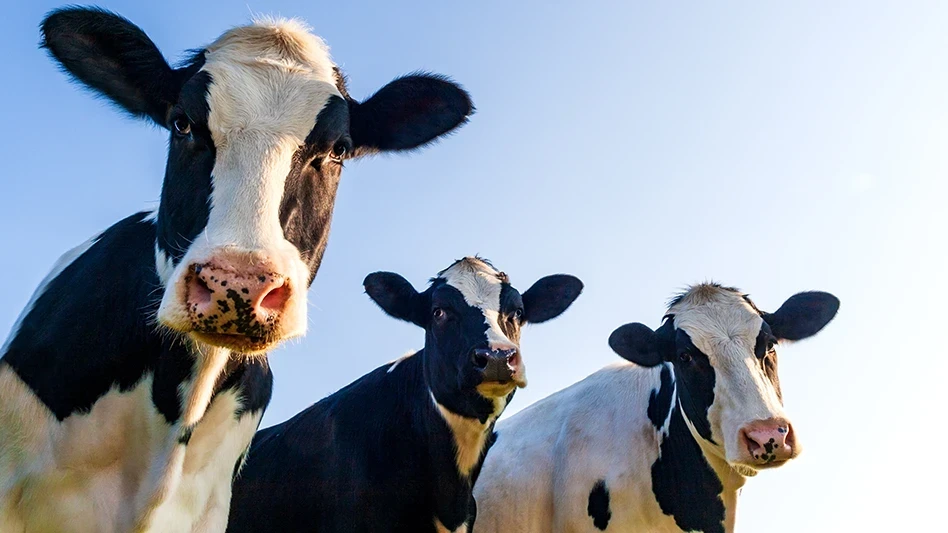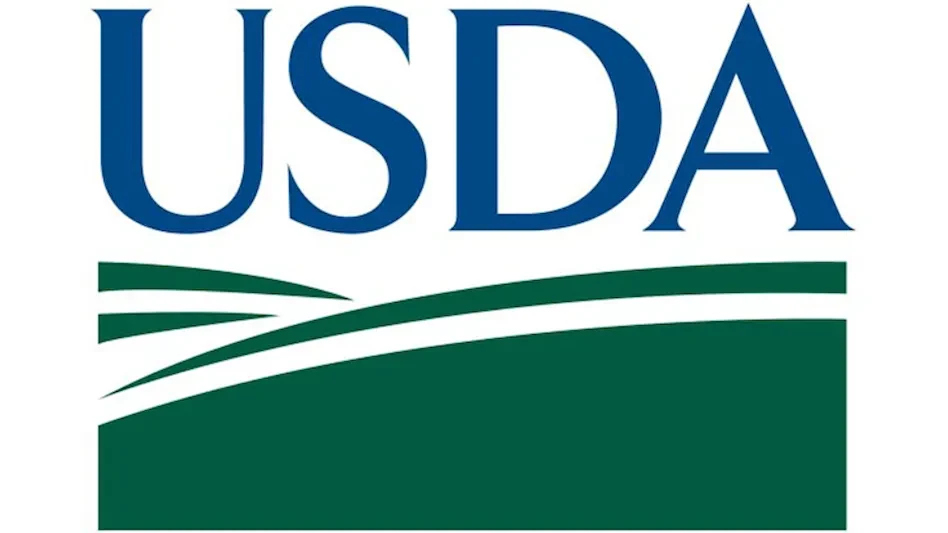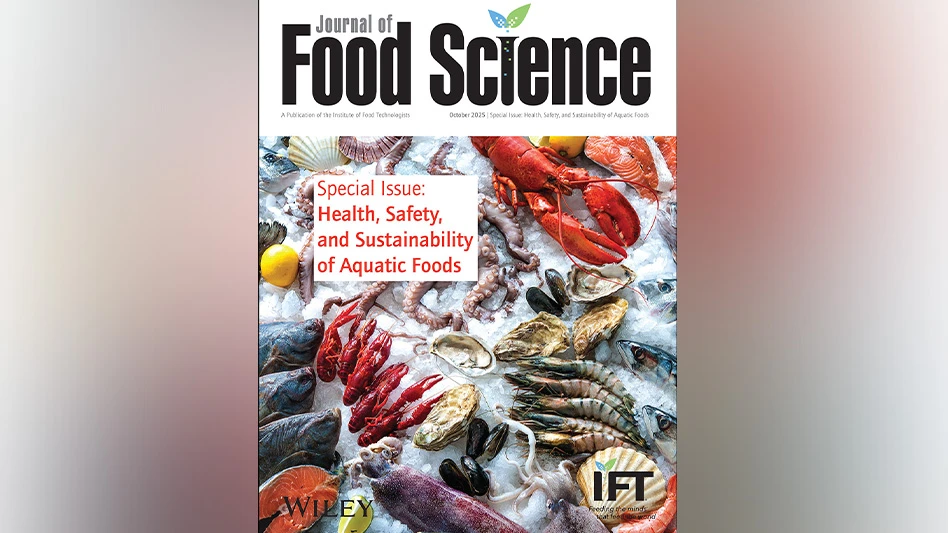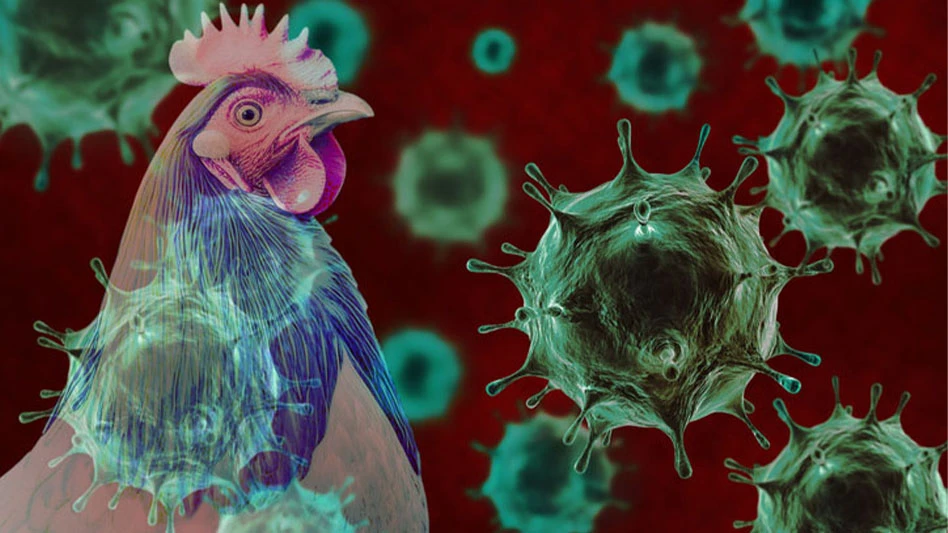
FDA has published its annual report summarizing sales and distribution data for antimicrobial drugs approved for use in food-producing animals. The report shows increases in antimicrobial sales and distribution from calendar year 2013 to 2014: an increase of four percent for all antimicrobials and an increase of three percent for antimicrobial classes considered medically important in human medicine.
This summary report reflects sales and distribution information for 2014, the year after the FDA’s announcement of its judicious use strategy for antibiotics that are important in human medicine and are also used in feed or water of food-producing animals. The FDA’s Guidance for Industry #213 specifies a timeframe of three years, until December 2016, which is the date by which drug sponsors have voluntarily agreed to make label changes to the affected products to remove production indications (growth promotion and feed efficiency) and move the products from over-the-counter availability to veterinary feed directive or prescription status in order to ensure the remaining therapeutic uses for the treatment, control or prevention of a specifically identified disease will be under veterinary oversight. To date, three applications have been converted from over-the-counter to prescription dispensing status; production indications have been withdrawn from one application; and 32 affected applications have been completely withdrawn. The FDA expects that drug sponsors will complete the remaining changes before January 2017.
Section 105 of the Animal Drug User Fee Amendments of 2008 (ADUFA 105) requires antimicrobial drug sponsors to report to FDA on an annual basis the amount of antimicrobial drugs they sell or distribute for use in food-producing animals. These sales and distribution data do not necessarily represent actual use of the products. For example, drug products entering the market may not necessarily be distributed all the way to the farm; veterinarians and animal producers may purchase drugs in anticipation of using them but never actually administer them to animals, or they may administer them in later years. The FDA is working with federal, academic and industry partners to obtain more information about how, when, and why animal producers and veterinarians use antimicrobial classes that are medically important in human medicine.
The FDA, USDA, and CDC are working together to develop and implement a plan to collect additional data on estimated antibiotic use in food-producing animals. In September 2015, these agencies held a jointly sponsored public meeting to obtain input on approaches for collecting on-farm antimicrobial drug use and resistance data, and invited public comment on this topic through November 30, 2015.
FDA is committed to meeting the objectives it has been asked to carry out as described in the National Action Plan for Combating Antibiotic-Resistant Bacteria, which outlines steps for implementing the Administration’s National Strategy for Combating Antibiotic-Resistant Bacteria (CARB). FDA and USDA are jointly involved in most animal-related CARB objectives. On-farm use data collection is a key component of the Administration’s national CARB strategy, but implementing accurate and timely data collection about how antimicrobials are used in food-producing animals and the appropriateness of those uses will be dependent on FDA and USDA having the appropriate resources.
ADUFA 105 also requires the FDA to prepare summary reports of sales and distribution information received from drug sponsors each year, by antimicrobial class for classes represented by three or more distinct sponsors, and to provide those summaries to the public. In May 2015, the agency proposed revisions to its annual reporting requirements for drug sponsors of antimicrobials sold or distributed for use in food-producing animals in order to obtain estimates of sales broken out by major food-producing species (cattle, swine, chickens, and turkeys).
See the 2014 Summary Report on Antimicrobials Sold or Distributed for Use in Food-Producing Animals for more information.
Latest from Quality Assurance & Food Safety
- Chef Robotics Introduces Pat-Down Capability for Meal Presentation and Sealing
- USDA Launches Regenerative Pilot Program
- Indoor Ag-Con Adds Food Safety Track to Conference Lineup
- IDFA Recognizes Federal Officials for Support of U.S. Dairy Industry
- Tetra Pak Acquires Bioreactors.net
- Fresh Del Monte Receives Rabobank Leadership Award
- São Paulo Earns Guinness World Record for Largest Municipal Food Security Program
- KPM Analytics Releases Ready-to-Use NIR Calibration Packages





